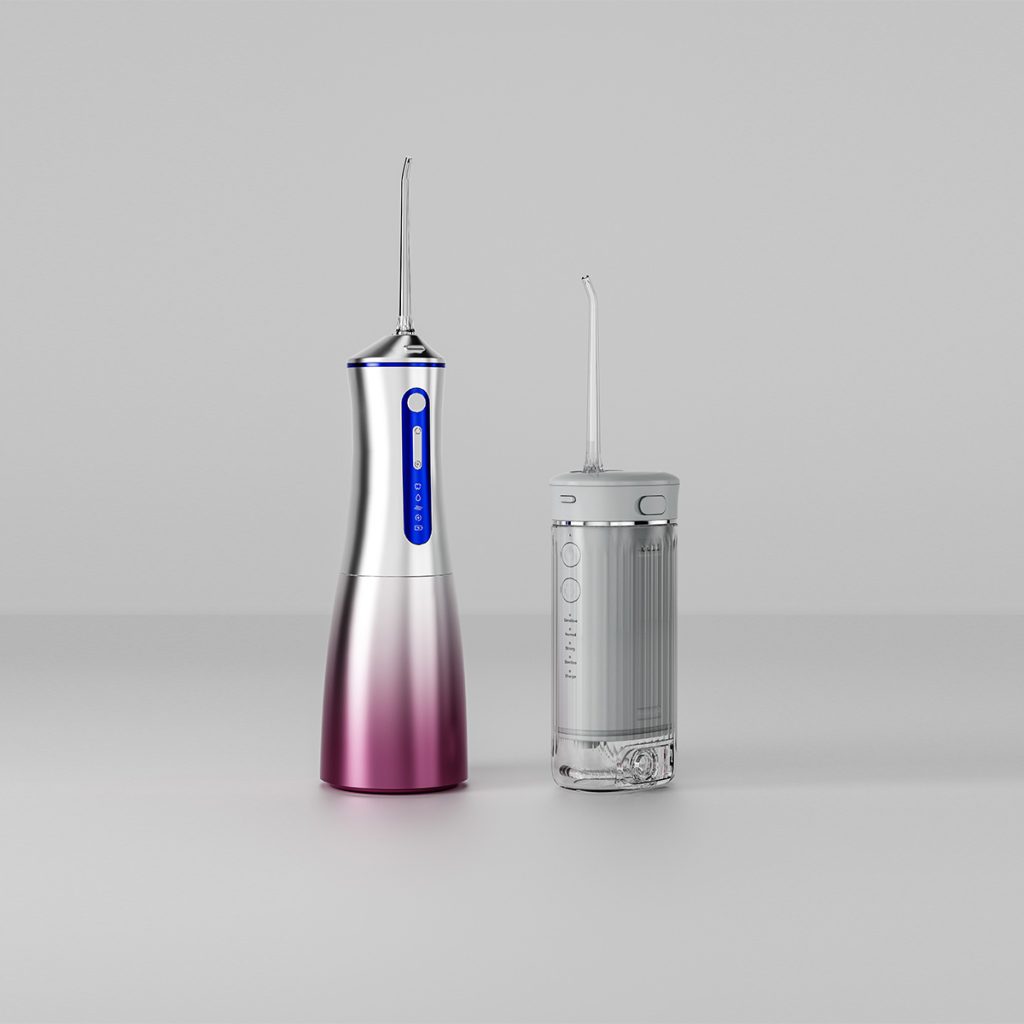In an era of global supply chain disruptions, parts shortages and OEM liability have emerged as major challenges for manufacturers and suppliers alike. From delayed shipments to increased costs and production halts, these issues are placing immense pressure on businesses striving to maintain efficiency and profitability. This article explores the causes and impacts of these challenges and provides strategic solutions to mitigate risks and enhance supply chain resilience.
The global manufacturing sector is grappling with unprecedented parts shortages due to multiple factors. Raw material scarcities, transportation delays, and geopolitical tensions have significantly slowed down the production and distribution of essential components. As a result, manufacturers are forced to delay product launches, scale down production, or even suspend operations altogether.
For industries relying on just-in-time (JIT) manufacturing, such disruptions create bottlenecks that are difficult to recover from. To stay competitive, businesses must diversify their sourcing strategies, build stronger supplier relationships, and invest in alternative materials to reduce dependency on a single supply chain.
As supply chain disruptions continue, OEM liability is becoming a growing concern. Many OEMs (Original Equipment Manufacturers) face contractual obligations to deliver products on time, but when parts shortages arise, meeting these commitments becomes increasingly difficult.
Liability issues arise when suppliers fail to meet delivery schedules or provide defective parts, leading to delays in production and potential financial penalties. In some cases, OEMs may be forced to compensate their clients for lost revenue, warranty claims, or regulatory non-compliance, further straining their financial stability.
The impact of parts shortages on OEMs extends beyond delayed production. When key components are unavailable, companies often resort to alternative suppliers, which can lead to:
To counter these risks, OEMs should adopt proactive quality control measures and work closely with suppliers to ensure consistency and compliance.
To minimize the risks associated with parts shortages, OEMs and manufacturers must establish robust supplier networks. This can be achieved through:
These strategies help create a more resilient supply chain, ensuring stability even in uncertain market conditions.
OEMs must also reassess their contractual frameworks to mitigate OEM liability risks. Some key legal strategies include:
By strengthening legal safeguards, OEMs can better navigate liabilities and reduce financial exposure during supply chain crises.
Looking ahead, manufacturers must prioritize long-term solutions to combat parts shortages and mitigate OEM liability risks. Key steps include:
By taking a proactive and strategic approach, businesses can strengthen their supply chain resilience, ensuring long-term success even amid market uncertainties.
In conclusion, parts shortages and OEM liability are presenting significant challenges for manufacturers, threatening supply chain efficiency and business continuity. However, by diversifying sourcing strategies, reinforcing supplier relationships, implementing legal safeguards, and investing in advanced technologies, businesses can mitigate risks and enhance their resilience in an unpredictable market.https://www.powsmart.com/product/electric-toothbrush/




Can a Teeth Whitening Gel Factory Seamlessly Supply an LED Teeth Whitening Kit OEM?
.jpg)
Can Water Flossers Be Safely Shared in Households?
.jpg)
How can a toothbrush with a Smart Pressure Sensor protect your oral health?

Does your electric toothbrush hit your teeth when brushing?
.jpg)
How Does Powsmart App Connectivity Turn Real-Time Brushing Data into Actionable Insights?
.jpg)
Is There a Difference Between a Waterpik and a Water Flosser? An OEM Factory Explains
.jpg)
Florida replacement heads at Tampa store toothbrush — cheap, or simply well-engineered value?

Professional Electric Toothbrush OEM – Dental Practice Custom Solutions

Subscription Model for Oral Care: OEM Strategies for Brush Head Replacement

About the roundness of electric toothbrushes head
.jpg)
Is a Portable Water Flosser the Cornerstone of Your Travel Oral Care Kit?

FDA-Approved Antibacterial Bristles of Electric Toothbrush: A Safety Guide for Oral Care

Is the UV Sterilization Function of the Water Flosser Necessary?

Can a soft-bristle brush head designed for sensitive gums make your brushing process more comfortable?
Fourth of July Red Blue Electric Toothbrush
IPX7 Waterproof Electric Toothbrush Bulk | Reliable B2B Supplier

Customization Teeth Whitening Gel

electric toothbrush heads Deep Clean

electric toothbrush heads Ultra Soft

Private Label Whitening Gel

electric toothbrush heads Regular Clean

Electric toothbrush heads Charcoal Infused-Diamond
.jpg)
Florida Electric Toothbrush – Powsmart PTR-C8

electric toothbrush heads Charcoal Infuse-Round
whstapp
whstapp
National Toll-Free Service Hotline
+86 755 86238638